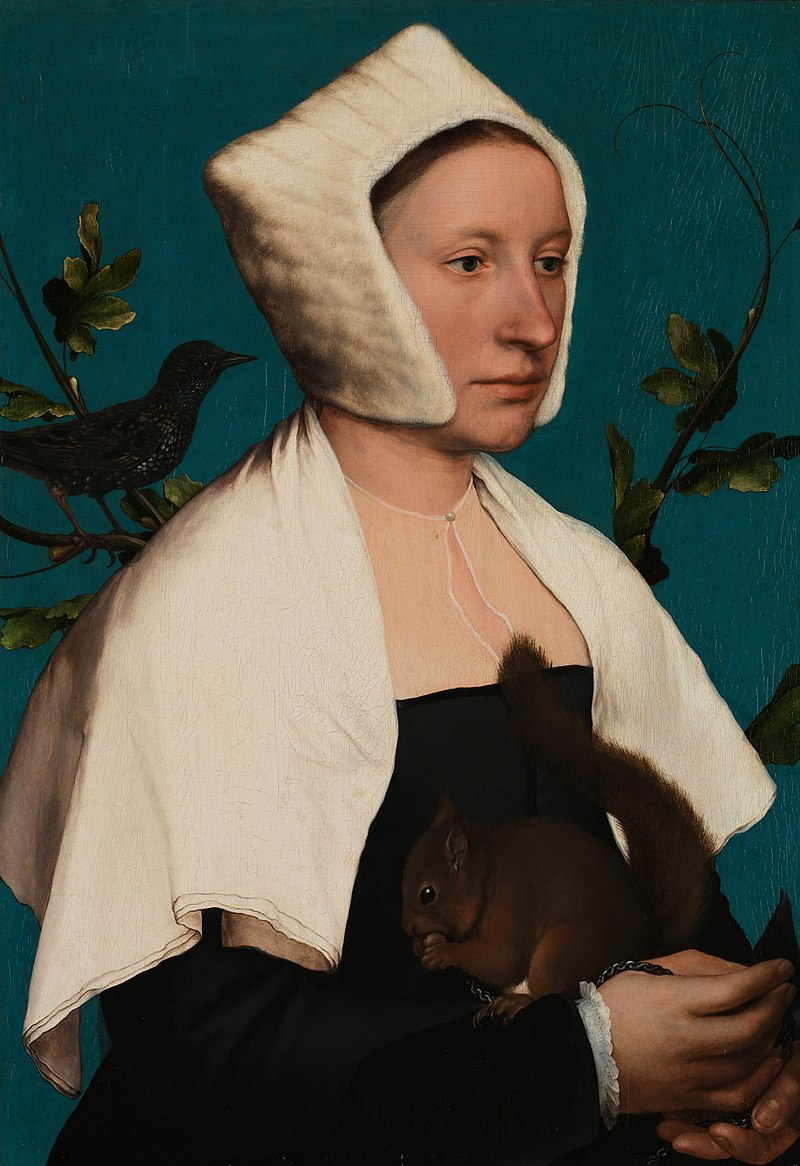Azurite
|
Once known as Chessylite during the nineteenth century due to its association with the location of Chessy-les-Mines in the vicinity of Lyon, France, Azurite, derives its name from the deep blue colouration associated with the stone. The deep, clear blue of the stone has carried an association with winter, desert skies. Its name reflects this association, both azurite and azure being derived from Arabic via the Persian lazhward which is an area known for its deposits of deep blue stone.
The uncommon mineral is most frequently found in the regions of the United States, Arizona, New Mexico and Utah with additional significant areas of Azurite found in France, Namibia, Mexico, Chile, Russia, Morocco and Australia. Azurite is a mineral that has been known to man for millennia, naturally occurring in regions where the more expensive Lapis Lazuli was difficult to acquire, and leading to its use in a wide variety of applications. Despite the relative instability of Azurite when exposed to air, crushed azurite frequently was used as a pigment throughout history. From use in Ancient Egypt to use by medieval and renaissance painters, sizable deposits in Europe made it a favourable alternative to Lapis Lazuli which had to be acquired from Afghanistan. Despite its relative softness, Azurite can be crafted into jewellery. Its bright and intense colouration makes the stone a favoured collector’s item. |
The background blue colour of Hans Holbein the Younger's Lady With a Squirrel was painted using Azurite as pigmentation.
|
